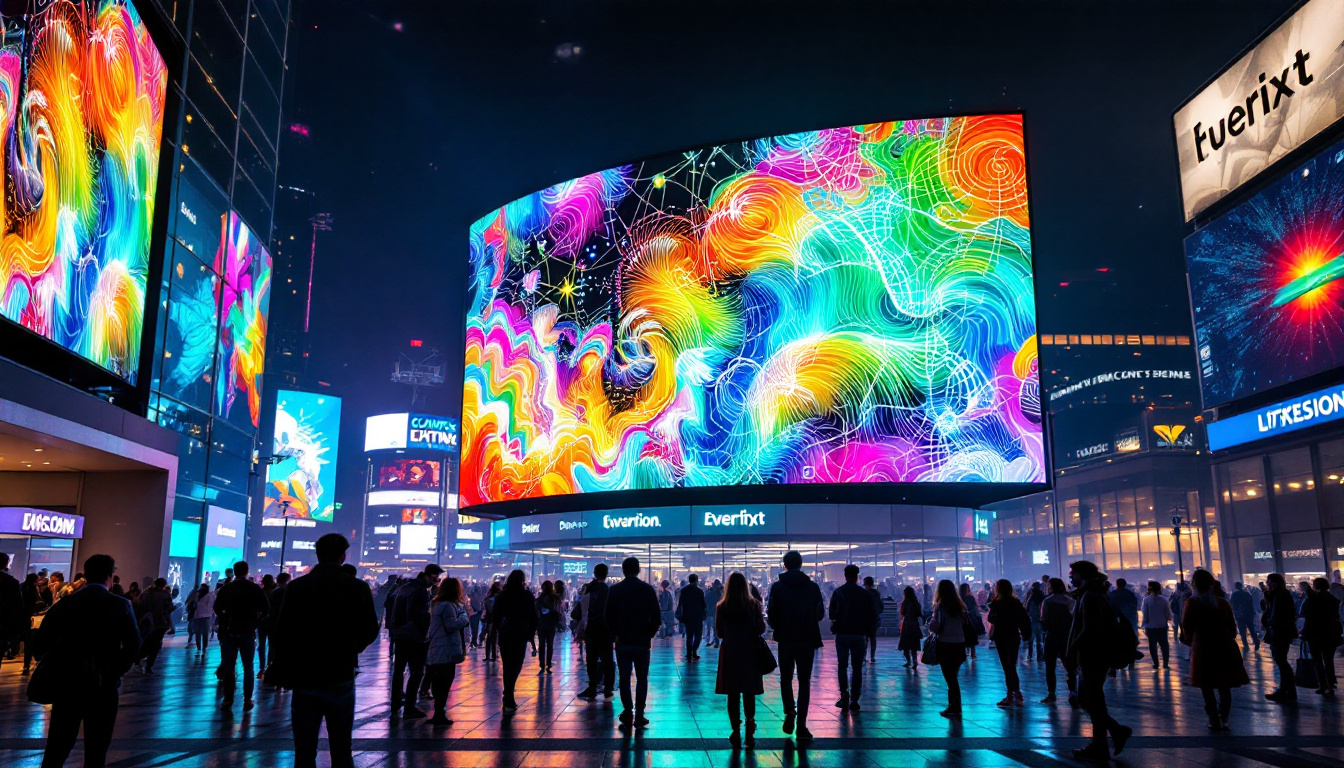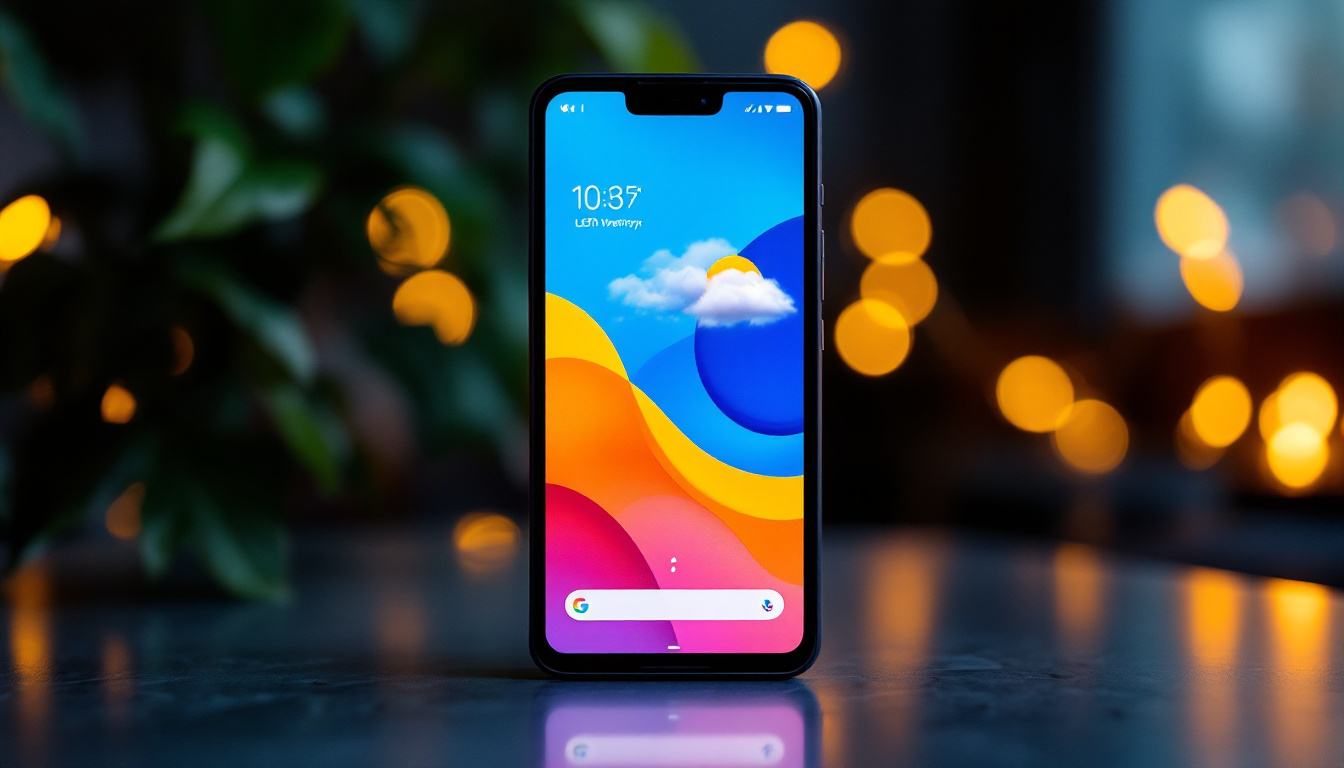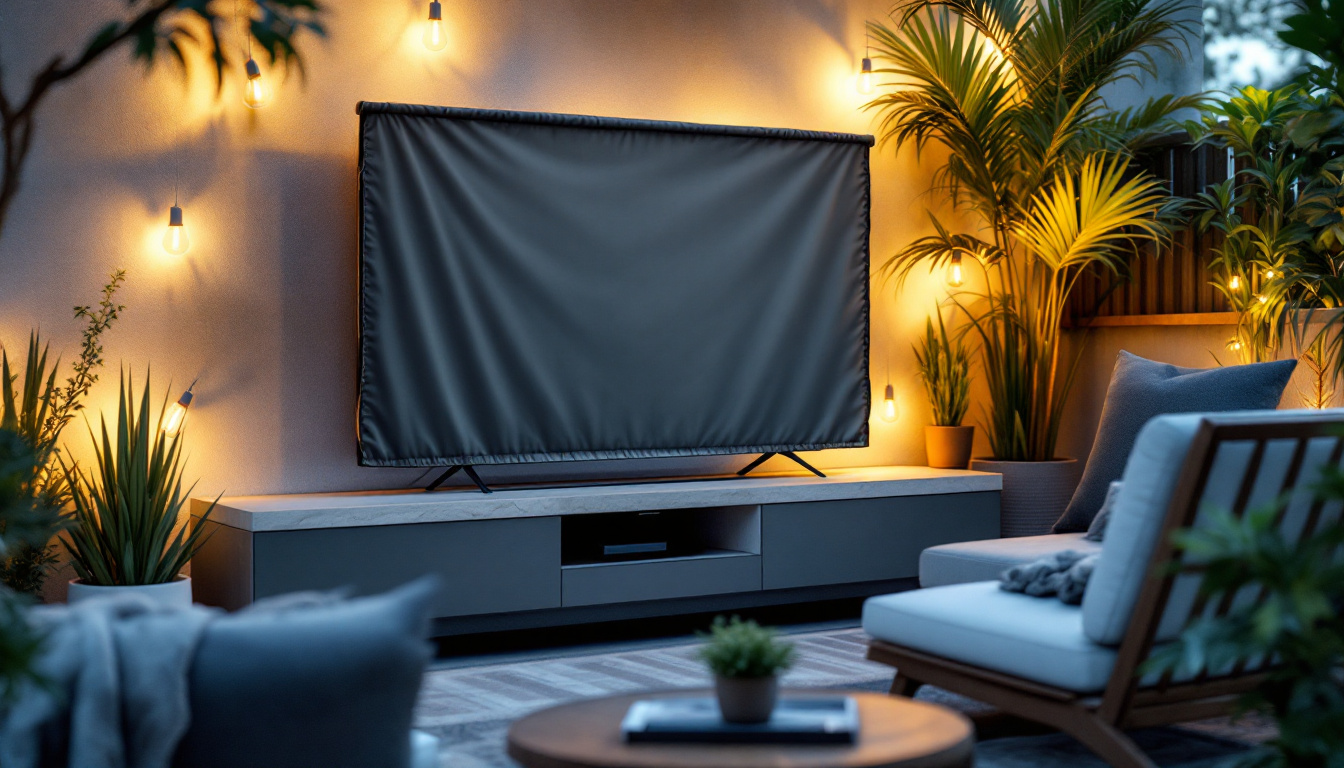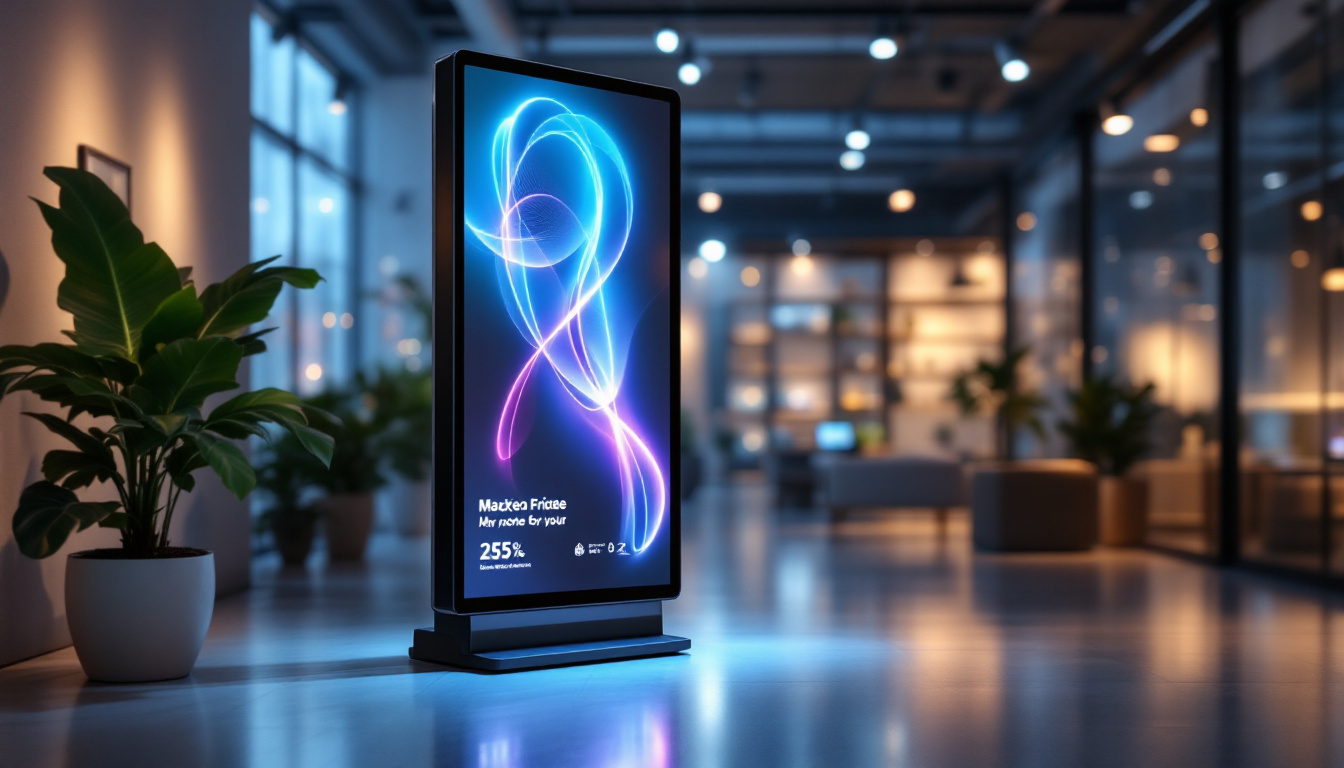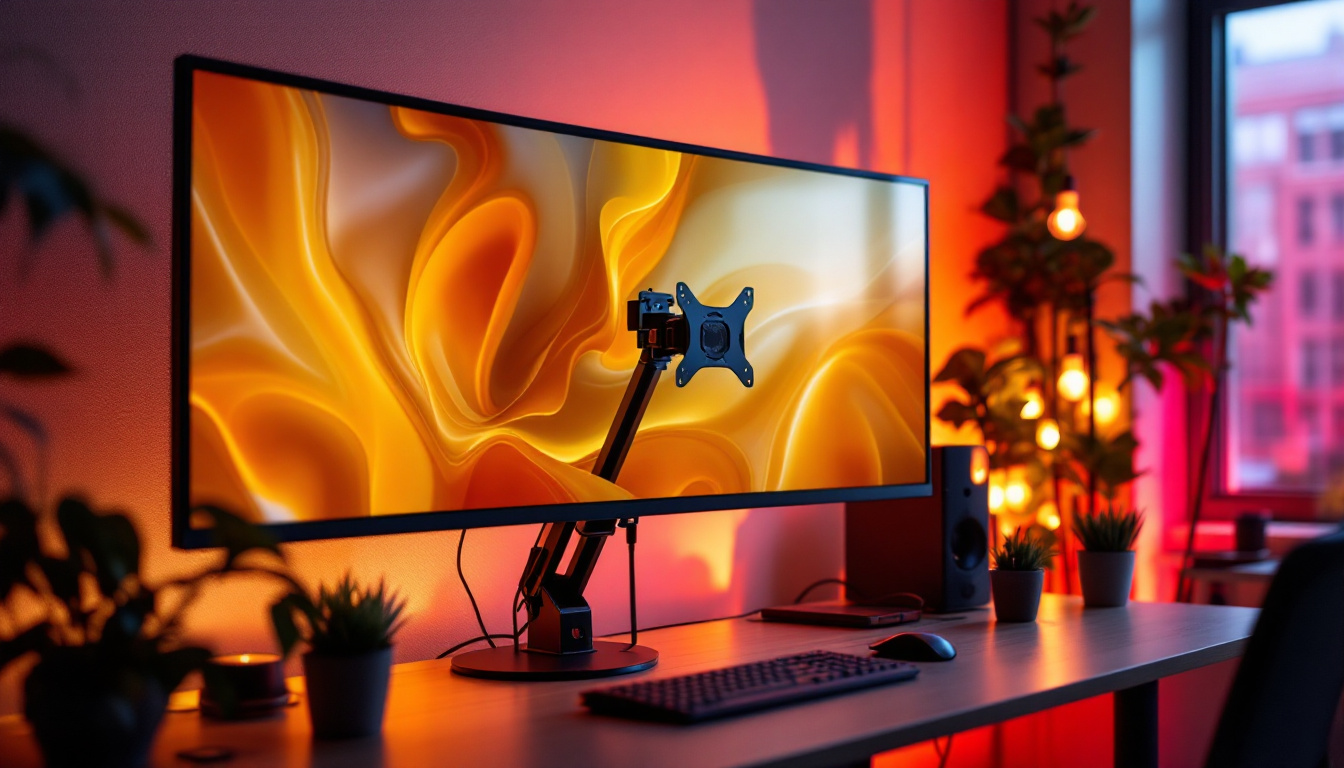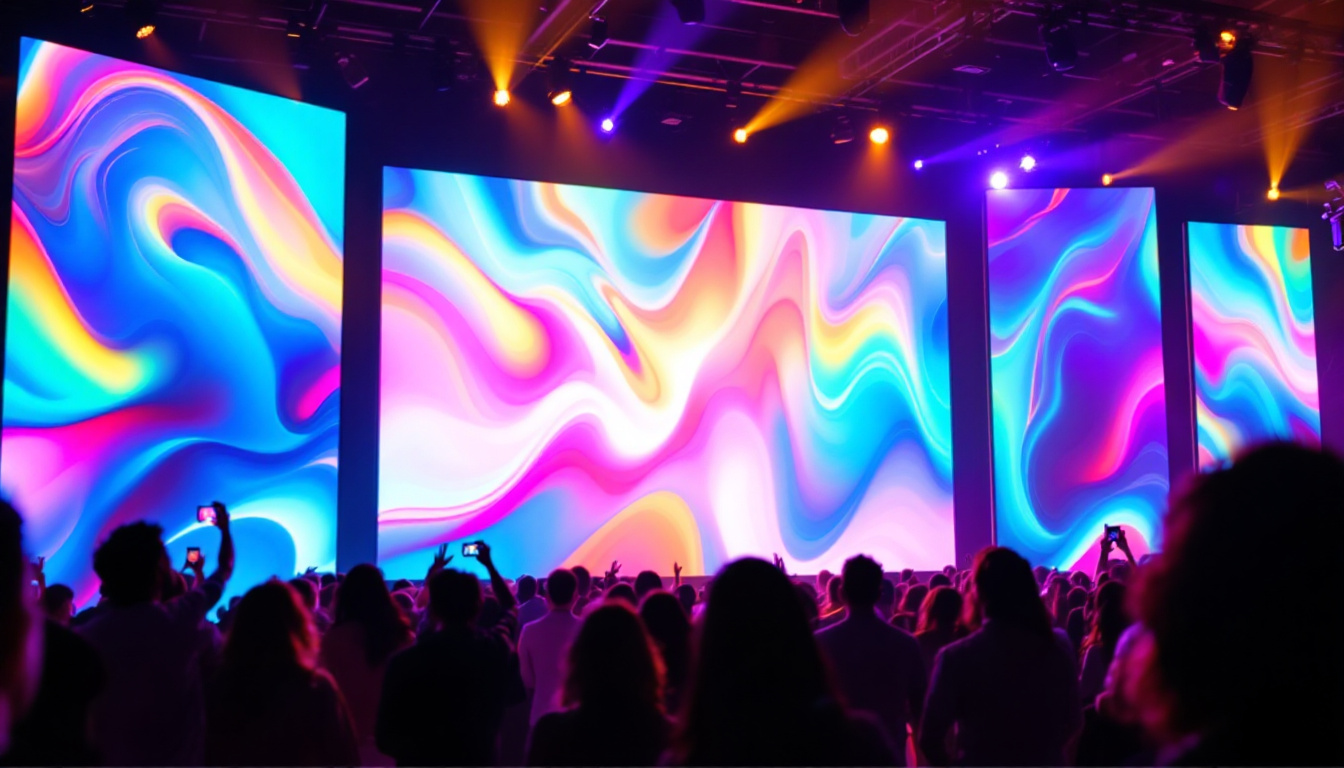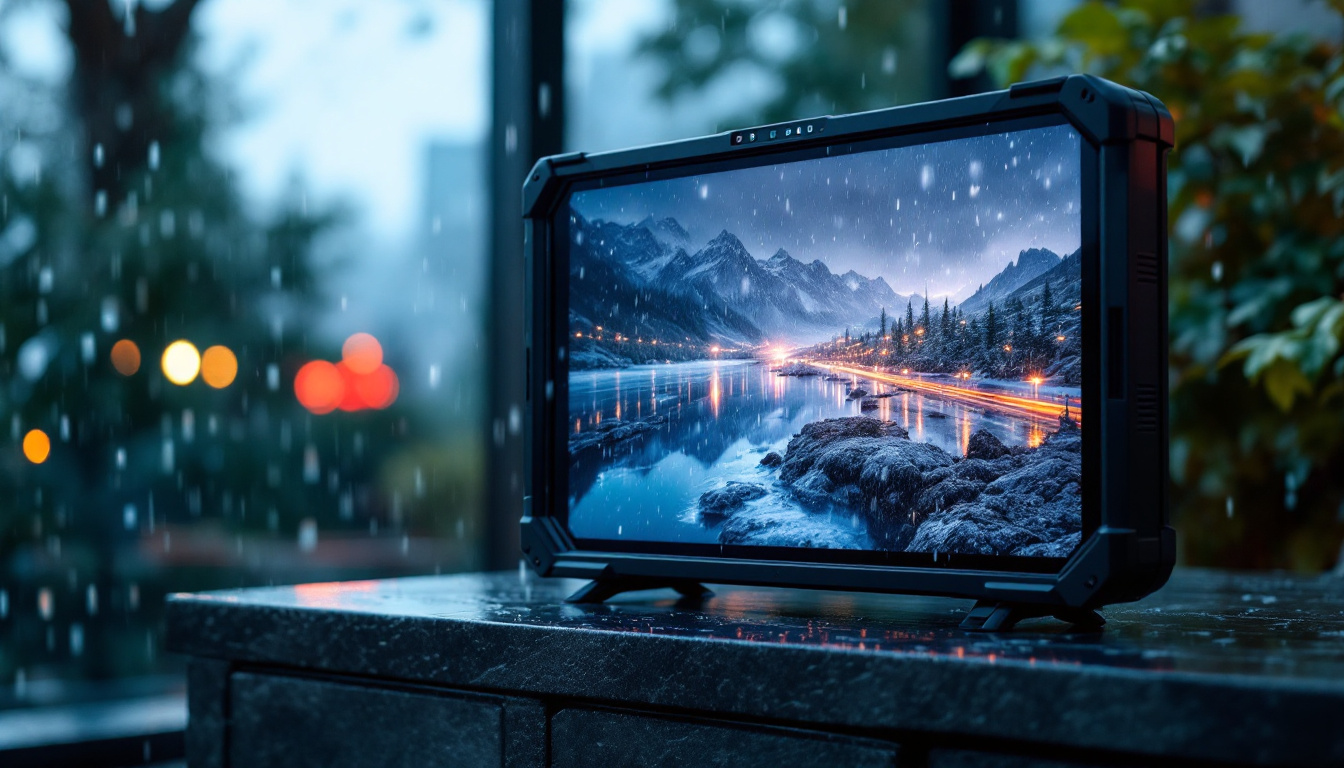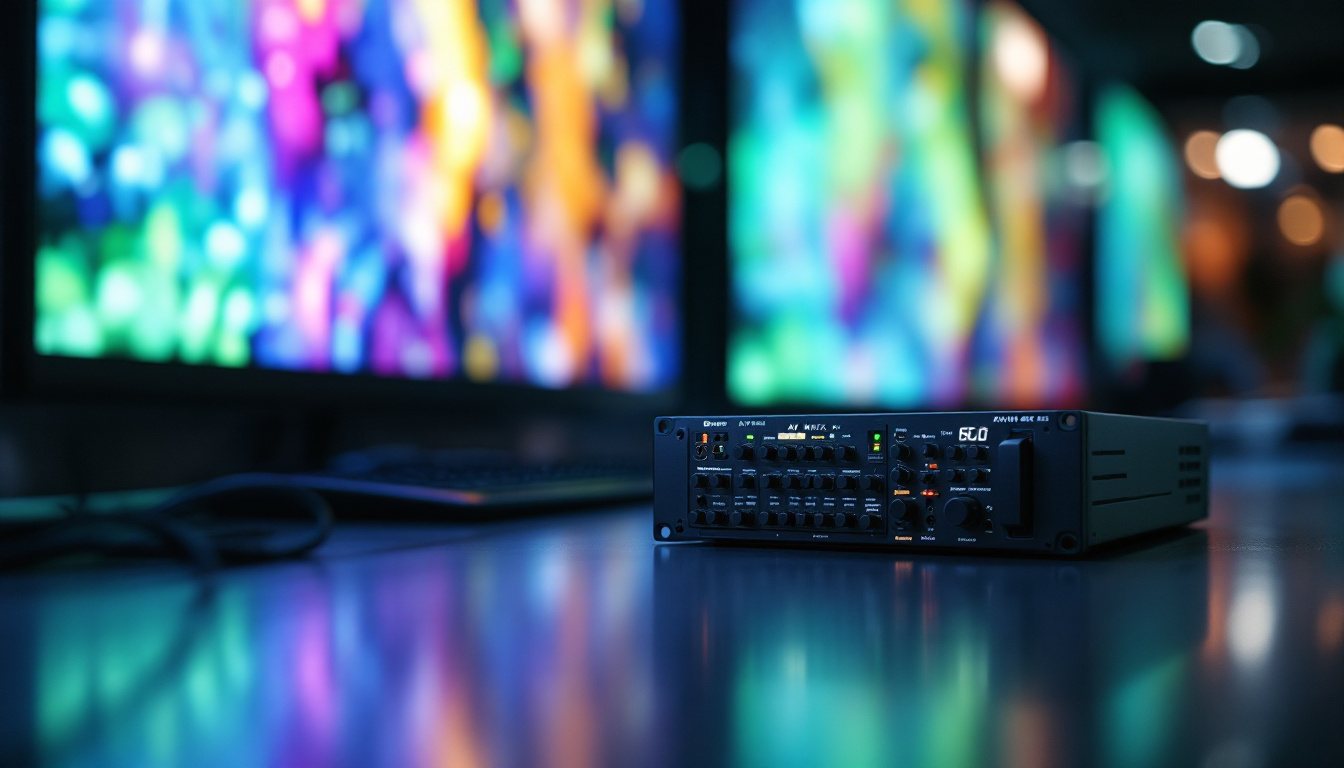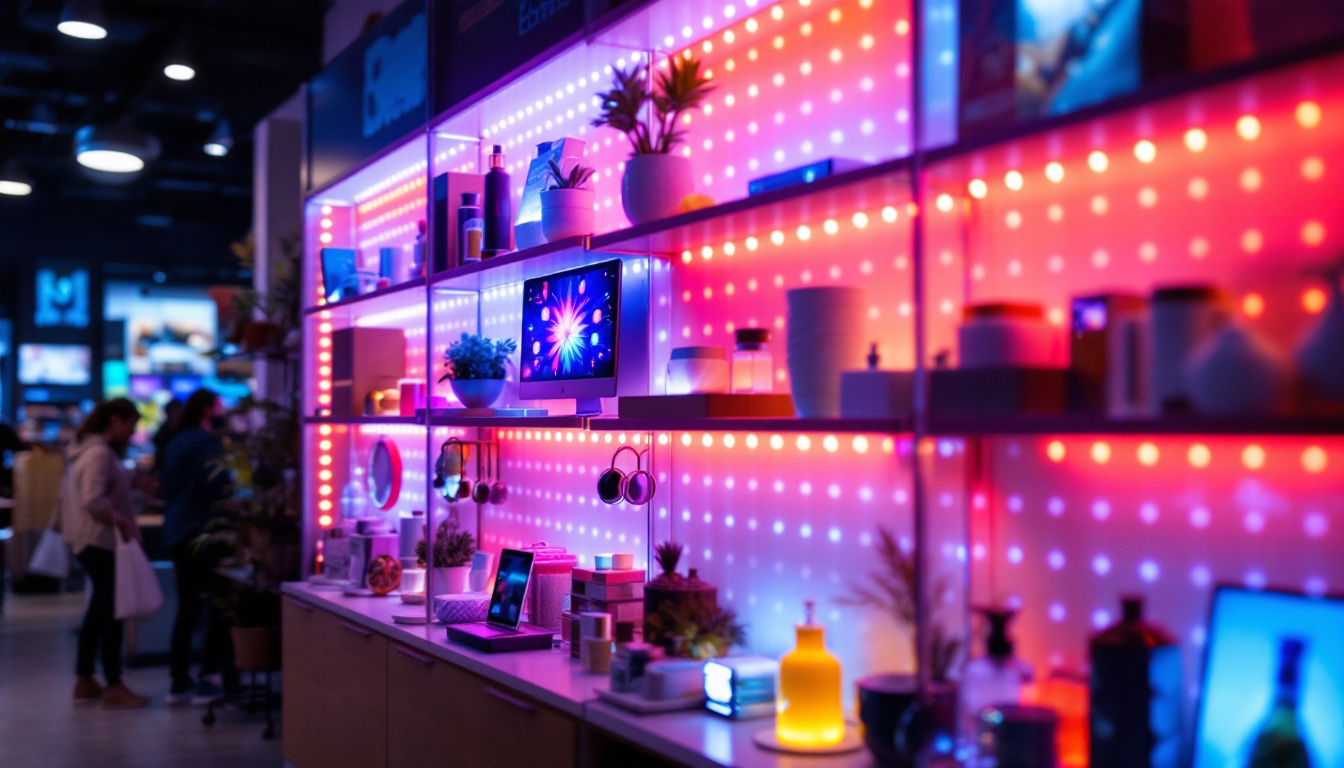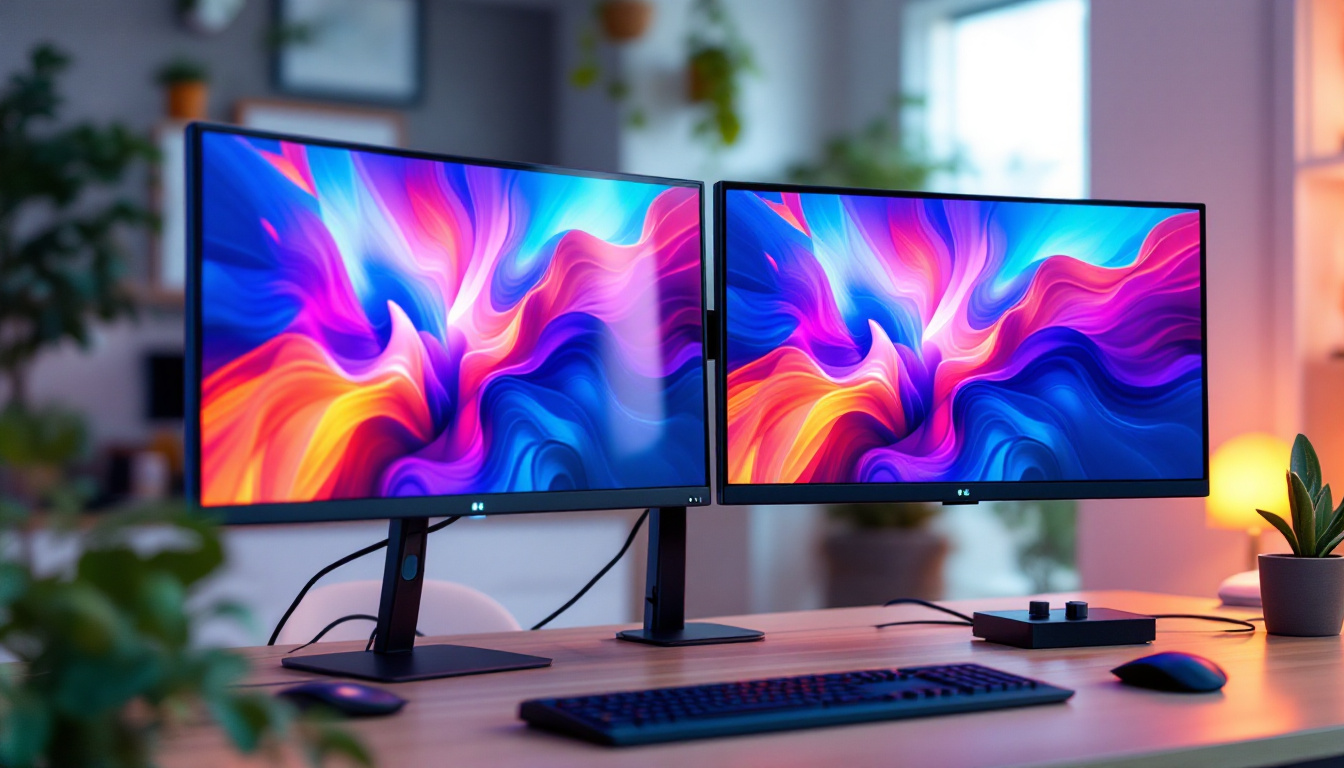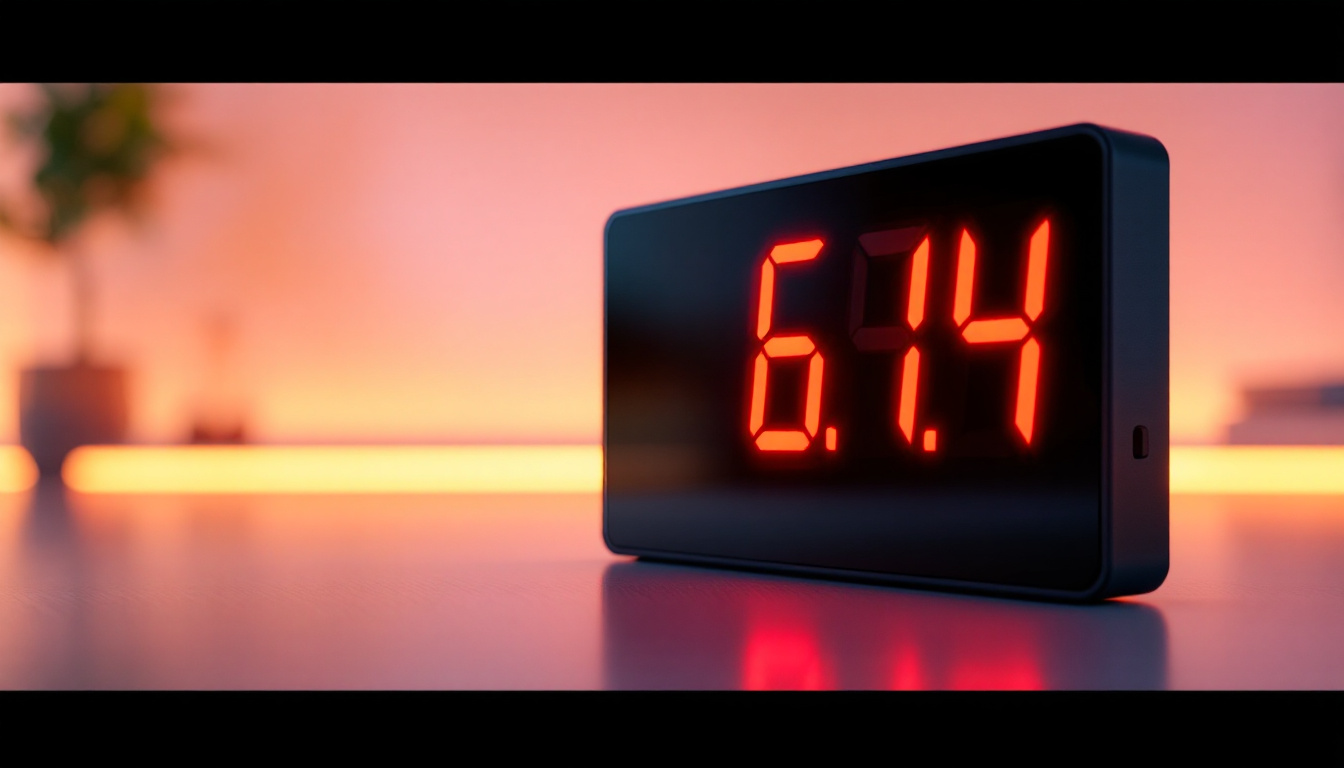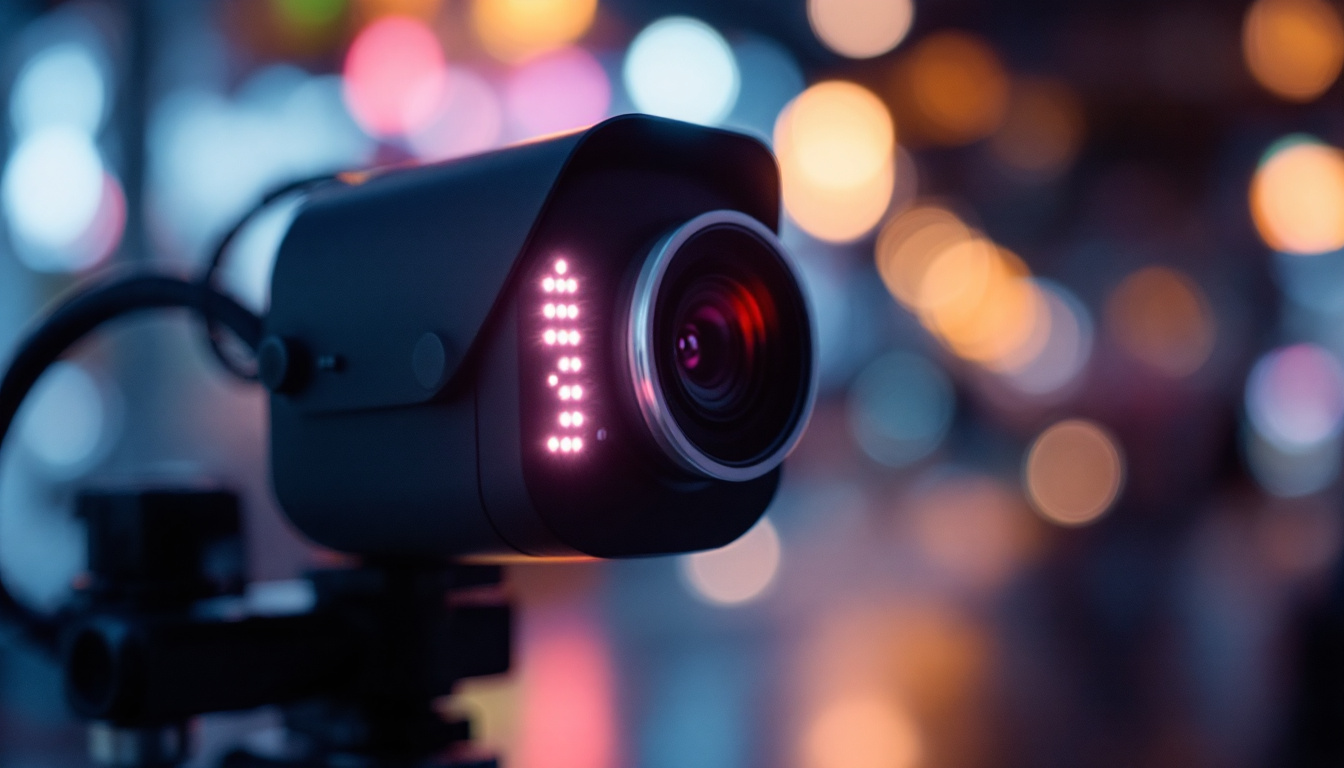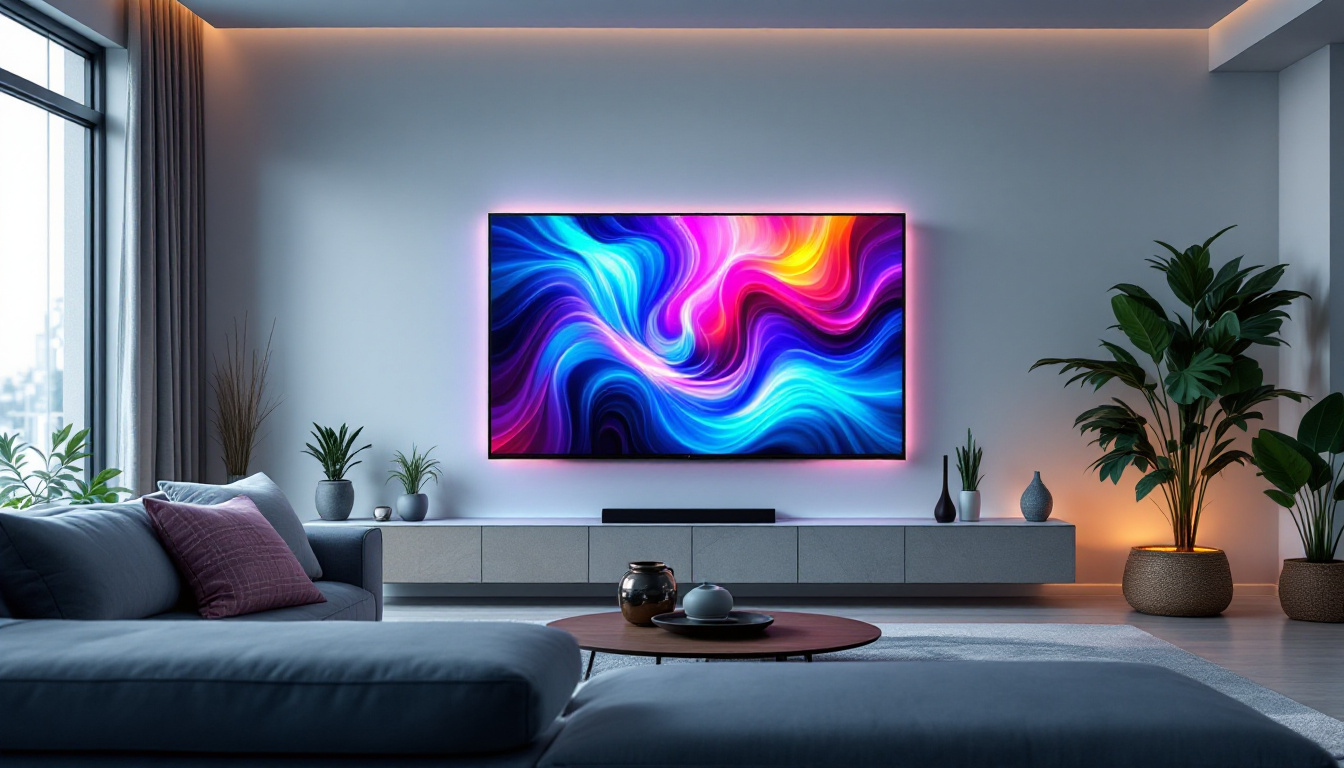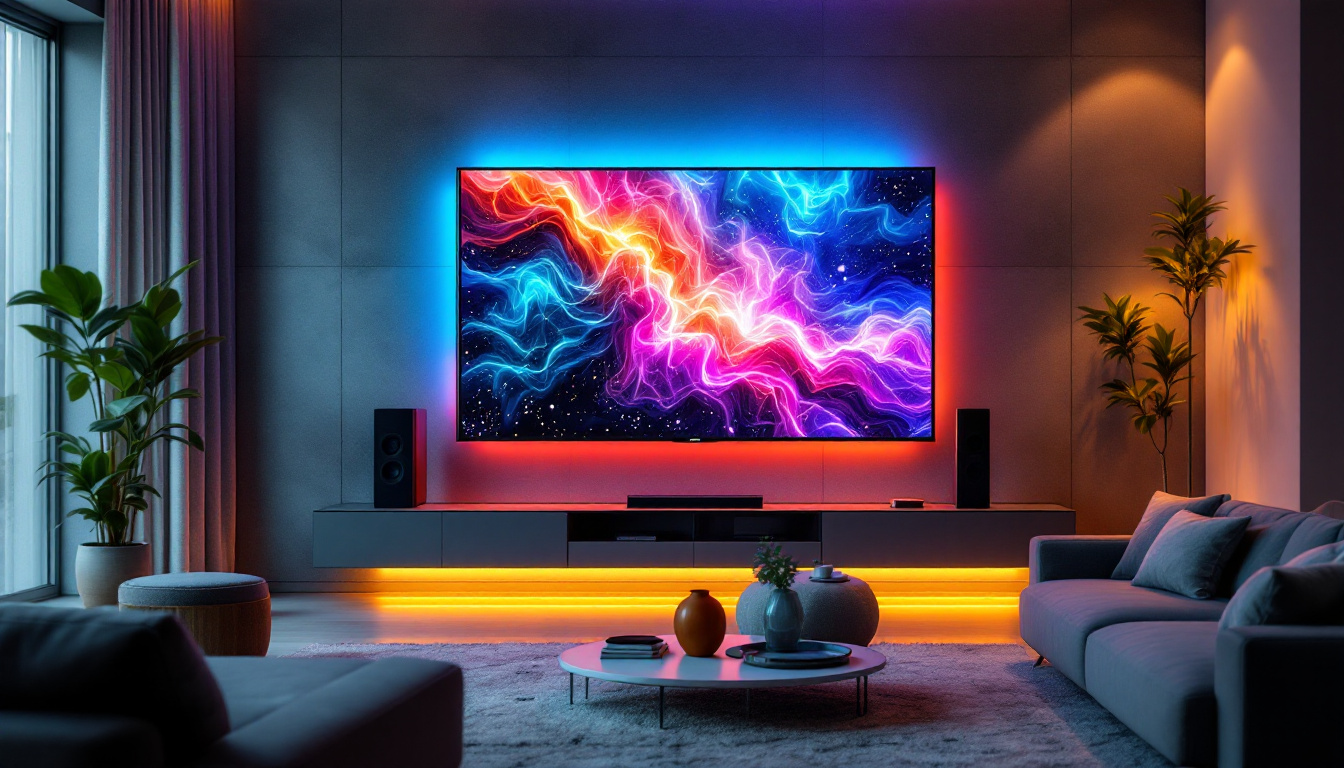Best Mini LED Monitors: LED Display Explained
In the rapidly evolving world of technology, mini LED monitors have emerged as a popular choice for both professionals and casual users. These compact displays offer impressive visual quality, energy efficiency, and versatility, making them suitable for a wide range of applications. This article explores the best mini LED monitors available on the market today, while also delving into the technology behind LED displays.
Understanding Mini LED Technology
Mini LED technology represents a significant advancement in display technology. Unlike traditional LED displays, which use larger LEDs, mini LED monitors utilize thousands of smaller LEDs to create a more precise and vibrant image. This results in improved contrast, brightness, and color accuracy, making mini LED monitors ideal for various tasks, from gaming to professional graphic design.
How Mini LEDs Work
At the core of mini LED technology is the use of a backlight composed of numerous tiny LEDs. These LEDs are arranged in zones, allowing for local dimming. This means that the brightness can be adjusted in specific areas of the screen rather than uniformly across the entire display. Such a feature enhances the overall picture quality by providing deeper blacks and brighter highlights.
Additionally, mini LEDs can produce a wider color gamut, which is essential for tasks that require precise color reproduction, such as photo editing and video production. The combination of local dimming and a broader color spectrum results in a viewing experience that is both immersive and visually stunning. Furthermore, the rapid response time of mini LEDs contributes to smoother motion rendering, making them particularly appealing for fast-paced gaming and action-packed movies.
Benefits of Mini LED Monitors
Mini LED monitors come with a host of benefits that make them an attractive option for users. One of the primary advantages is their energy efficiency. Due to the smaller size of the LEDs, these monitors consume less power compared to traditional displays, which can lead to lower electricity bills and a reduced carbon footprint.
Moreover, mini LED monitors are often thinner and lighter than their larger counterparts, making them easier to transport and set up in various environments. This portability is particularly advantageous for professionals who require a reliable display while on the go. In addition, the durability of mini LED technology means that these monitors are less prone to burn-in issues, a common concern with OLED displays, ensuring that users can enjoy consistent performance over time without the worry of image degradation.
Another noteworthy benefit is the enhanced viewing angles offered by mini LED displays. The technology allows for better color consistency and brightness retention from different angles, making them suitable for collaborative workspaces where multiple people may be viewing the screen simultaneously. This feature is particularly beneficial in creative environments, where accurate color representation is crucial for team projects and presentations. As mini LED technology continues to evolve, we can expect even more innovations that will further enhance the user experience, solidifying its place in the future of display technology.
Top Mini LED Monitors on the Market
With the growing popularity of mini LED technology, numerous models have flooded the market. Here are some of the best mini LED monitors that stand out for their performance, features, and overall value.
1. ASUS ProArt PA32UCX
The ASUS ProArt PA32UCX is a top-tier mini LED monitor designed for creative professionals. This 32-inch display boasts a stunning 4K resolution and HDR support, making it perfect for video editing and graphic design. The monitor features a wide color gamut, covering 99% of Adobe RGB and 97% of DCI-P3, ensuring that colors are reproduced accurately.
Additionally, the ProArt PA32UCX includes Thunderbolt 3 connectivity, allowing for fast data transfer and easy connection to various devices. Its local dimming capabilities enhance contrast, making it suitable for HDR content. Overall, this monitor is an excellent choice for those seeking a high-performance display. Furthermore, the monitor is equipped with advanced calibration tools, allowing users to fine-tune color accuracy, which is particularly beneficial for professionals who require precision in their work. The inclusion of a built-in colorimeter is a game-changer, enabling users to maintain consistent color quality over time without needing external calibration devices.
2. Dell UltraSharp U2720Q
The Dell UltraSharp U2720Q is another exceptional mini LED monitor that caters to professionals and enthusiasts alike. With its 27-inch 4K display, this monitor offers sharp visuals and vibrant colors, thanks to its IPS panel technology. The U2720Q covers 95% of the DCI-P3 color space, making it an ideal option for creative work.
What sets this monitor apart is its ergonomic design, which allows for height, tilt, and swivel adjustments, ensuring comfortable viewing angles. It also features USB-C connectivity, making it easy to connect to laptops and other devices while providing power delivery. The Dell UltraSharp U2720Q is a well-rounded monitor that excels in both performance and usability. In addition, it comes with a factory calibration report, ensuring that users receive a monitor that meets high standards right out of the box. The monitor’s anti-glare coating further enhances usability in bright environments, making it a reliable choice for both office settings and home studios.
3. LG UltraFine 32UN880-B
The LG UltraFine 32UN880-B is a versatile mini LED monitor that offers an impressive 4K resolution and HDR support. This 32-inch display is particularly popular among Mac users due to its compatibility with macOS. The monitor features a unique Ergo stand, allowing for flexible positioning and easy adjustments to suit various work environments.
With its wide color gamut and high brightness levels, the UltraFine 32UN880-B delivers stunning visuals that are perfect for creative professionals. The USB-C connectivity also enables seamless integration with laptops and other devices, making it a convenient choice for those who prioritize connectivity. Additionally, the monitor supports various HDR formats, including HDR10 and HLG, ensuring that users can enjoy a wide range of HDR content with exceptional clarity. The built-in speakers provide decent audio quality, allowing for a more immersive experience when watching videos or participating in video calls, making it a versatile option for both work and leisure activities.
Choosing the Right Mini LED Monitor
Selecting the right mini LED monitor depends on various factors, including usage, budget, and specific features. Here are some key considerations to keep in mind when making a decision.
1. Purpose and Usage
Understanding the primary purpose of the monitor is crucial. For instance, gamers may prioritize refresh rates and response times, while graphic designers may focus on color accuracy and resolution. Identifying the main tasks that will be performed on the monitor can help narrow down the options and ensure that the selected model meets specific needs.
2. Size and Resolution
Monitor size and resolution are important factors that can significantly impact the viewing experience. Larger monitors provide more screen real estate, which can be beneficial for multitasking and immersive gaming. However, they may also require more desk space. On the other hand, resolution determines the clarity of the images displayed. A higher resolution, such as 4K, is preferable for detailed work and high-quality media consumption.
3. Connectivity Options
Connectivity is another essential aspect to consider. Many modern mini LED monitors come equipped with multiple ports, including HDMI, DisplayPort, and USB-C. Ensuring that the monitor has the necessary ports to connect to existing devices is vital for a seamless user experience. Additionally, features like USB-C power delivery can enhance convenience by reducing cable clutter.
Comparing Mini LED Monitors to Other Technologies
While mini LED monitors offer numerous advantages, it’s essential to compare them with other display technologies to understand their unique benefits and limitations.
Mini LED vs. OLED
OLED (Organic Light Emitting Diode) displays are known for their exceptional contrast ratios and vibrant colors. Unlike mini LED monitors, which use a backlight, OLED panels emit light individually from each pixel. This allows for true blacks and infinite contrast. However, OLED displays can be prone to burn-in, where static images can leave a lasting impression on the screen.
In contrast, mini LED monitors provide better brightness levels and are less susceptible to burn-in, making them a more durable option for various applications. While OLED may excel in color depth and contrast, mini LED technology offers a balanced performance that suits a broader range of users.
Mini LED vs. Traditional LED
Traditional LED monitors utilize larger LEDs for backlighting, which can result in less precise control over brightness and contrast. Mini LED technology, with its smaller LEDs, allows for more localized dimming and improved overall image quality. As a result, mini LED monitors can achieve better performance in terms of color accuracy and contrast, making them a superior choice for those who prioritize visual fidelity.
Future of Mini LED Technology
The future of mini LED technology looks promising, with ongoing advancements and innovations expected to enhance the capabilities of these displays. As manufacturers continue to refine the technology, we can anticipate improvements in brightness, color accuracy, and energy efficiency.
Emerging Trends
One emerging trend in mini LED technology is the integration of AI-driven features. These advancements can optimize display performance based on user preferences and content types. For example, AI algorithms can adjust brightness and color settings dynamically, ensuring an optimal viewing experience in various lighting conditions.
Additionally, as the demand for high-quality displays continues to rise, mini LED technology is likely to find applications beyond traditional monitors. Expect to see mini LED displays in televisions, laptops, and even smartphones, as manufacturers seek to deliver superior visual experiences across all devices.
Conclusion
In conclusion, mini LED monitors represent a significant leap forward in display technology, offering users exceptional visual quality, energy efficiency, and versatility. With a variety of options available on the market, selecting the right monitor depends on individual needs and preferences. Whether for gaming, professional work, or casual use, mini LED monitors provide a compelling choice for anyone seeking a high-performance display.
As technology continues to evolve, mini LED displays are poised to play a crucial role in shaping the future of visual experiences. With ongoing advancements and innovations, users can look forward to even more impressive displays that push the boundaries of what’s possible in the world of monitors.
Discover the Future of Visual Technology with LumenMatrix
Ready to experience the pinnacle of display innovation? LumenMatrix is at the forefront of LED display technology, offering a wide array of solutions tailored to meet your needs. From Indoor and Outdoor LED Wall Displays to specialized options like Vehicle, Sports, and Floor LED Displays, LumenMatrix is committed to transforming your visual communication. Elevate your brand’s presence and engage your audience with our Custom, All-in-One, and Transparent LED Displays. Check out LumenMatrix LED Display Solutions today and step into a world where clarity and impact go hand in hand.


